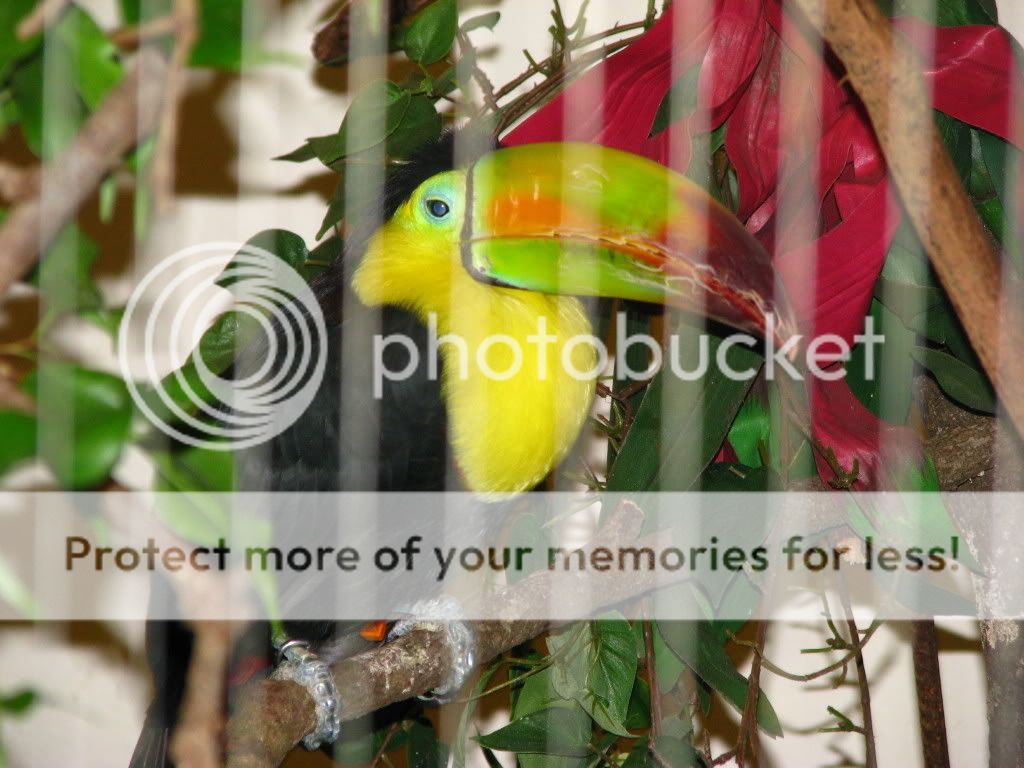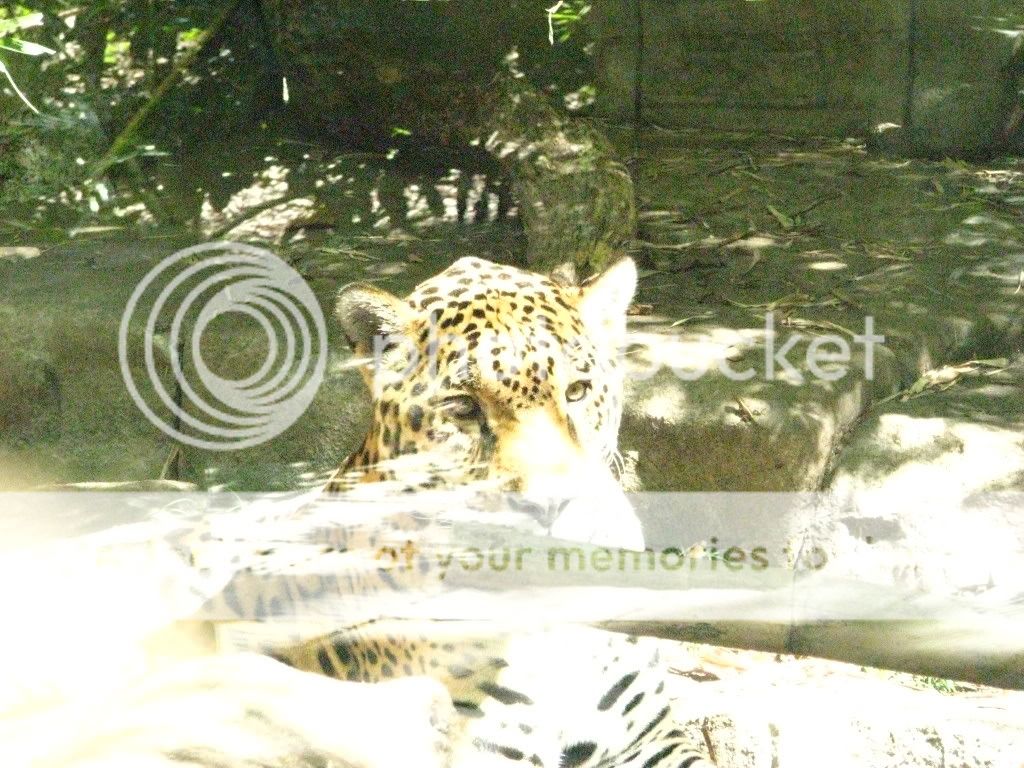Someone please look at these and tell me what I could have done with my settings to take better pictures. Thanks!
When I zoom far in natural light, I get this hazy type of picture.
Does this happen *all* the time at full zoom? The camera should be just as sharp at full zoom as full wide-angle (adjusting for atmospheric conditions).
I don't know if it was hazy in the zoo when you took this, so you should do a test on a clear sunny day.
Set the camera in P mode and the ISO to 80. Then, try taking a couple pictures of a brick/block wall from about 25-50 yrds away ... wide angle and full zoom ... if the zoomed picture is blurry or hazy compared to the WA, there might be a problem with your camera and you should return it for a new one.
I think I'm getting too much light. The giraffe is almost reflecting the light?
Absolutely, this is what's called blown highlights. The giraffe was very bright (in the sun) but the camera exposed for the leaves/background leaving you with a blown out giraffe and ground.
This is a good situation to use a different metering mode (Center-weighted or Spot would have helped, here, aiming right at the giraffe).
Or, try Exposure Locking. Aim the camera at the *brightest* part of the scene (the sun-lit dirt, in this case) and half-press the shutter ... when the camera beeps and displays the settings in the LCD/EFV, while still holding the shutter button half-pressed, press the ISO button with your right thumb. A '*' will appear in the EVF/LCD ... now, recompose your scene and fully-press the shutter button. The leaves/background will be darker, but the giraffe will be well-exposed.
How can I make the wires disappear when taking this type of photo? I lucked out getting the camera to focus on the bird and not the wires.
This is *very* tough to do with a camera like the S3. Small sensor cameras have a very large DOF (Depth of Field: the area in front and behind the actual point of focus that's still sharp) and the wires were still within the DOF.
I can think of three things:
1) switch to Av mode, wide angle, set it to 2.7 ... the wider the aperture, the narrower the DOF.
2) depending on how far the bird was from the wires, you could try getting very close to the wires in Macro mode; it's got a much shallower DOF.
3) Also, if WA/2.7 didn't solve the problem, you can use more zoom (like max.) from a greater distance and Av mode set to 3.5 (largest aperture at full zoom). The DOF is shallower at full zoom than full WA.
However, to reliably make wires/cages disappear you need a DSLR, with its large sensor, and a large aperture lens (like a prime or an expensive 2.8 zoom).
This one was taken through a glass enclosure. I caught some reflection in the glass. Any tips?
The best want to get rid of glass reflections is with a polarizer (linear or circular both work on an S3 and linear is cheaper!) ... you need a lens adapter to attach the filter to the camera and then you rotate the polarizer until the reflected image goes away.
You can also try shooting at an angle to the glass, but it isn't always possible to avoid glass reflections without a polarizer....


















 At first, you'll hit the FUNC and Custom buttons a bit, but after a little bit of time you'll find that the ISO button isn't too hard to locate.
At first, you'll hit the FUNC and Custom buttons a bit, but after a little bit of time you'll find that the ISO button isn't too hard to locate.